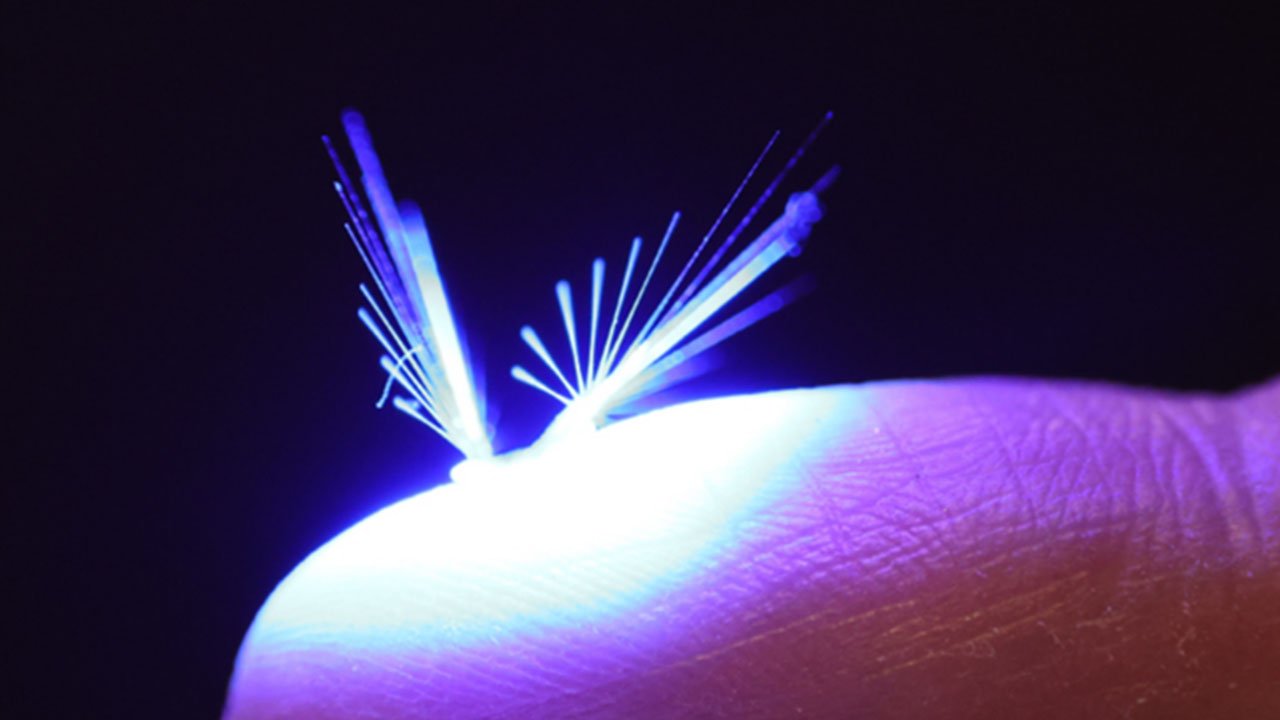Responsive polymers are materials that help scientists create robots that can walk, swim, and jump. a new study, one of the developers robot Little fairy that can fly like a fairy from fantasy stories.
The research was published in the scientific journal Advanced ScienceIt was led by researchers from the Light Robots group at the University of Tampere, Finland.
It is important to emphasize that this is a robot that weighs only 1.2 mg and has a high porosity, so it can easily glide through the air and be guided by the winds. Its structure also features stable production of vortex rings to enable it to glide over long distances.
HE The robot called FAIRY (fairy) was developed from polymers that allow it to fly in the wind and be controlled by the wind. light. It can also be powered by a light source, either through a laser beam or an LED—light can change the FAIRY’s tiny shape, but its lightweight, porous nature also allows it to adapt depending on the direction and strength of the wind.
“This ‘artificial pollinator’, superior to its natural counterparts, is equipped with a soft actuator. The actuator is made of photosensitive liquid crystal elastomer that induces the opening or closing movements of the bristles upon stimulation of visible light,” said Hao Zeng, one of the study authors.
Light is also used to control FAIRY’s takeoff and landing, but the researchers are already considering improving its structure – the goal is to improve light sensitivity so it can adapt to the sun’s brightness. Since they are still in the early stages of the technology, the scientists plan to add micro-devices such as GPS and sensors for the robot to use in different applications.
Scientists claim that the robot could be responsible for a huge impact on agriculture worldwide, as they can be used as small drones to do artificial pollination in the wild. As global warming is causing the loss of pollinators worldwide, FAIRY could help address a threat to planet Earth’s biodiversity.
Anyway, the researchers are at an early stage of development and need to solve several problems, such as a more precise control system and the use of biodegradable materials in its structure.
Source: Tec Mundo
I’m Blaine Morgan, an experienced journalist and writer with over 8 years of experience in the tech industry. My expertise lies in writing about technology news and trends, covering everything from cutting-edge gadgets to emerging software developments. I’ve written for several leading publications including Gadget Onus where I am an author.












